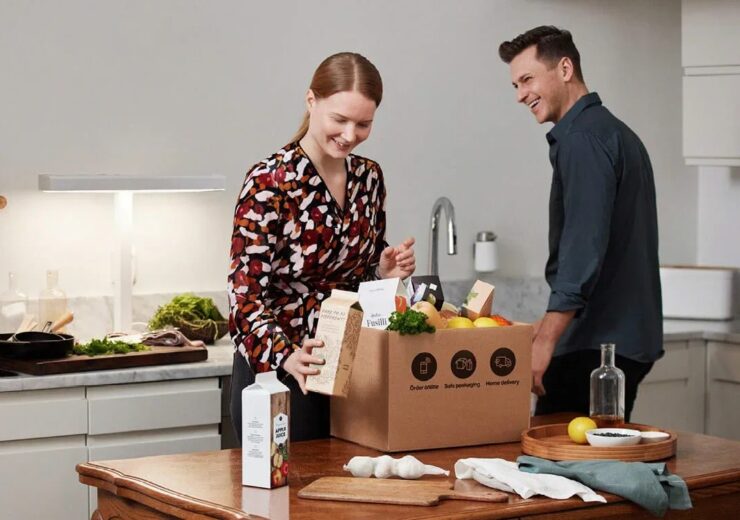The report entitled “Food packaging for better food systems” identified 13 impact opportunities for the food packaging value chain that will use innovation and collaboration to achieve social, biodiversity, and global climate progress

Stora Enso said that fibre-based packaging is an enabler of sustainable food systems. (Credit: Stora Enso Oyj)
Finnish paper and board producer Stora Enso has published a report from new research that highlights the importance of packaging in achieving food systems sustainability.
The report entitled “Food packaging for better food systems” identified 13 impact opportunities for the food packaging value chain.
These opportunities will use innovation and collaboration to achieve social, biodiversity, and global climate progress.
According to Stora Enso, fibre-based packaging is an enabler of sustainable food systems. It has benefits like renewable base material to offer recyclability, and reliability in hygienic food protection.
In the report, the paper and board producer recommended a new developmental role for packaging to remove the hidden socioeconomic expenses created by existing food systems.
This will strengthen food system sustainability by advancing opportunities in the support of healthy diets, lowering the loss of food and developing new compostable or waste-based materials, the Finnish company said.
Stora Enso sustainability senior vice president Tiina Pursula said: “Our food systems play a crucial role in securing a circular, biodiversity- and climate-positive future.
“We need to look at these systems holistically and consider how can we contribute to food system transformation, such as healthier, plant-based foods and food waste reduction. This way, we can drastically change the way we produce, transport, and consume food.”
The report maps the 13 impact opportunities and highlights the enabling conditions for each to be fully realised like innovation, technology, finance, and policy.
This will improve waste sorting, increase recycling capacity, and create a market for secondary raw materials to increase the circularity of material systems, Stora Enso added. This will need a multi-stakeholder strategy to fully implement the research’s suggested remedies.
Stora Enso Innovation and R&D senior vice president Phillip Hanefeld said: “Across the packaging value chain and beyond, we already have the innovation expertise to act on these opportunities and accelerate the food system’s transition.
“We’re hopeful that the information in this white paper will spark and deepen the much-needed collaboration among stakeholders to optimise the use of our collective resources and make our proposals a reality.”
The report is the result of a series of partnerships with food and beverage packaging firms.
